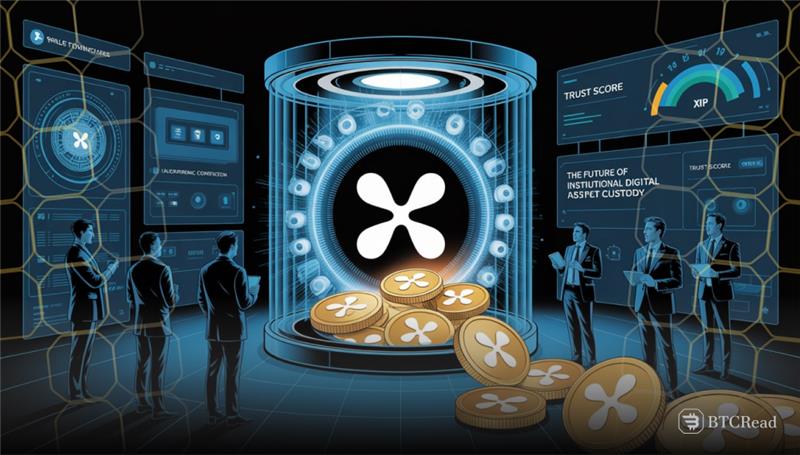As digital finance evolves, digital asset custody has moved to the center of the conversation. Ripple has also emphasized its importance, as custody now forms the backbone of stablecoin issuance, cross-border payments, and tokenized real-world assets. With adoption growing, institutions need custody solutions that are not only secure but also compliant with changing regulations.
This shift has made custody one of the most critical layers of financial infrastructure. Ripple and the Blockchain Association of Singapore hosted a workshop this month to examine how custody is shaping the next phase of digital finance.
Custody matters because it gives institutions the entry point into the digital asset economy. It helps manage risk, maintain compliance, and create space for new business models. Tokenized real-world assets are projected to grow into a market worth nearly 19 trillion dollars by 2033.
Ripple and BCG highlight digital asset growth
Reports from Ripple and Boston Consulting Group confirm this outlook. Ripple’s 2025 New Value Report also shows that confidence is rising. In the Asia-Pacific region, seven out of ten financial institutions said they trust digital assets more today than they did six months ago.
Even though only a fraction of firms currently use custody solutions, more than half plan to adopt them soon. The workshop underlined five clear priorities for institutions. First, compliance must be built into custody systems from the start.
Regulations in markets such as Singapore require strict asset segregation and recovery protocols. Second, institutions must select custody models that match their needs. Some choose self-custody, others rely on third-party providers, and many opt for hybrid setups. Each option involves trade-offs between control, cost, and resilience.
Clear oversight strengthens custody systems
Third, operational resilience is a must. Custody systems must continue to operate even during disruptions and be in a position to recover, following regulators’ recovery criteria. Fourth, good governance fosters trust. Clear control, separation of duty, and audit trails help diminish fraud and error risks.
Finally, custody plays a role in scaling stablecoins, which are today used in cross-border payments and trade finance. Custody doesn’t merely safeguard assets but enables connectivity with systems and compliance solutions.
The event saw the unveiling of a report on institutional custody best practices. It offers direction on the construction of stablecoin infrastructure by firms, which has a balance between compliance, security, and efficiency. As the world of digital money embarks on a new trajectory, stability will continue to be the anchor.







